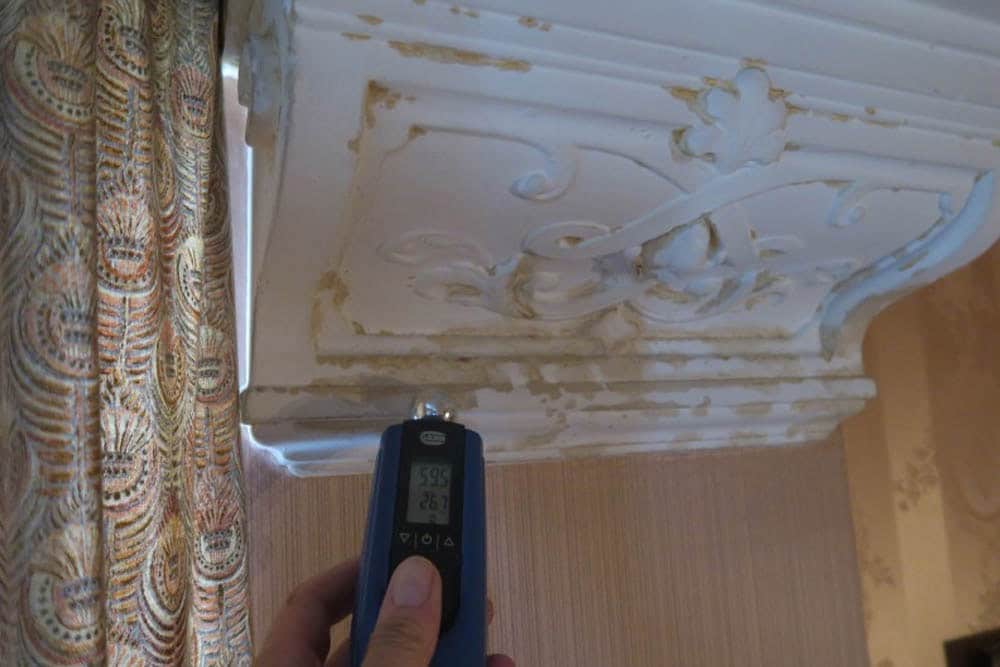 Everyone wants a pristine and structurally sound building. The last thing you want when purchasing your new house is some serious mould problem. However, in spite of your best efforts, these sneaky spores are not always easy to detect. Chances are that the seller may have “window-dressed” the problem just enough to make it undetectable during your house inspection only for the problem to reappear once you have settled in. Few sellers are likely to disclose a mould problem as it might just water down the price so you need to have a good idea of where to look for moulds in a building that you are planning to purchase.
Everyone wants a pristine and structurally sound building. The last thing you want when purchasing your new house is some serious mould problem. However, in spite of your best efforts, these sneaky spores are not always easy to detect. Chances are that the seller may have “window-dressed” the problem just enough to make it undetectable during your house inspection only for the problem to reappear once you have settled in. Few sellers are likely to disclose a mould problem as it might just water down the price so you need to have a good idea of where to look for moulds in a building that you are planning to purchase.
Grappling with Mould Issues in the Home
Mould is a fungal growth that can come in various colours including green, white, grey and black. They also come in all kinds of shapes. The growth might be small or cover an extensive area. There are certain types of moulds that are clearly visible and even odorous. However, some are barely discernible, particularly those that grow in those nooks and crannies such as between the walls, under the ceilings, under the floor and in other less accessible spots in the house like attics and basements.
You are likely to find mould in the moist or water-soaked areas of the home such as carpeting, ceiling tiles, wallboards and panelling among others. They survive in any kind of damp condition if the property owner does not take a proactive step in getting rid of the dampness.
The most common places where you are likely to find mould in your property include the following:-
- Check around the basement as well as various locations in the houses that have been flooded and haven’t dried well.
- Moulds are also common in buildings that have been sealed tightly as these tend to trap a lot of moisture.
- You can also check around doors, windows and leaking pipes. These are generally more exposed to moisture which encourages mould growth.
- Check around guttering, downpipes and the entire stormwater collection system. The constant exposure to water will give the mould spores the ideal condition to begin growing.
- If the building is poorly ventilated, it is likely to experience mould growth caused by the precipitation of moist air that is trying to escape the building which creates mildly damp conditions on the roof or attic.
- Poor housekeeping habits that ignore spillage or obvious dampness are also likely to cause mould growth in certain areas of the house, especially in the bathrooms, laundry rooms and kitchens.
- If you over-water your plants, the extra water or moisture will likely encourage the growth of moulds.
Sometimes, the odour alone is enough to detect the presence of mould in a space. Do you sense a “musty” smell in your home or rooms? That is always the surest sign of mould growth in a building. Some types of moulds also produce mycotoxins that can trigger various health problems such as seizures, respiratory problems, sneezing or even severe fatigue in some people. If you get this kind of sensation while in a room, make sure you carry out a thorough inspection to assess if there are mouldy conditions.
Should You Purchase a Home With Mould Problems?
Whether or not to purchase a mouldy home will boil down to the value of the property, the individual preferences and even the health condition of future occupants. If some of your family members have allergies, respiratory problems like asthma or if an elderly person or a baby will live in the home, then buying a home that is susceptible to mould problems is not generally a good idea. You will also have to decide on whether the time and cost that it will take to fix the mould problems is really worth the price that you are willing to pay for the building.
Guest Author: Lisa White, Inspect East Building Inspections